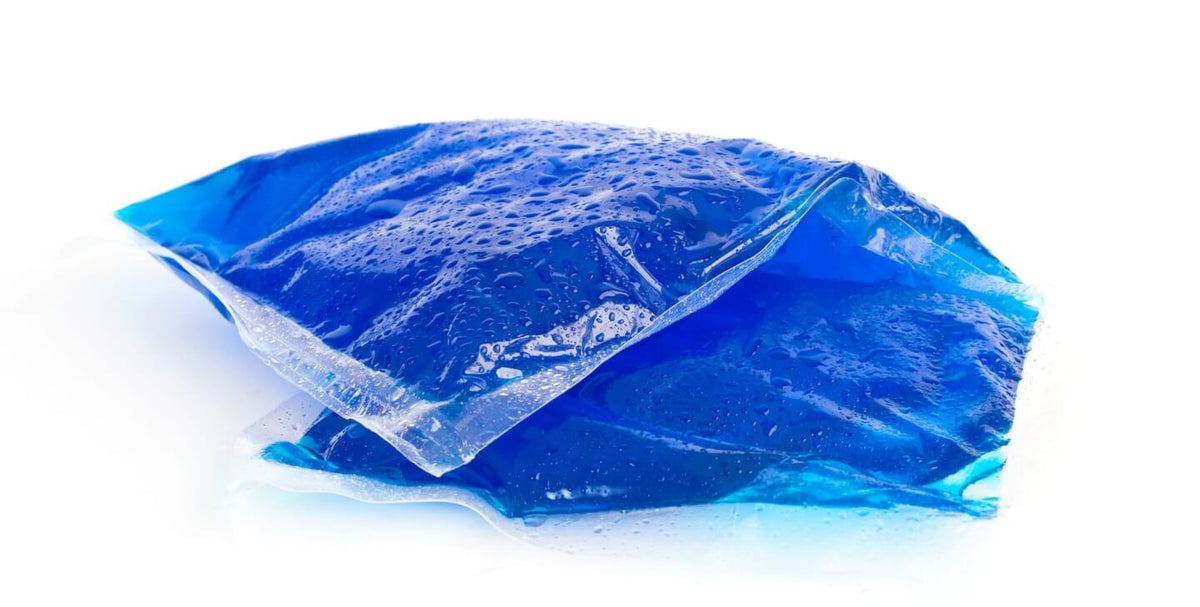Does Icing Improve Performance & Recovery?

If your workouts are extra hard, you need ice. If your training and racing leaves you with bruises and swelling in your skin and muscles, you need ice. If that cranky knee, ankle, or shoulder joint feels “fuller” with an increase in joint fluid after your workouts, you need ice.
If you’re a Spartan, the bottom line is this: your skin, muscles, tendons, and joints are fighting inflammation. Ice is a safe, effective, and cheap way to supercharge your recovery. Ice is your best friend.
Here’s where I’ll step up on my soapbox . . . Some people in the sports world are spreading the idea that athletes should not use ice when they suffer from an acute or new injury. I strongly believe this philosophy is off base, and that it’s wrong to apply it to each and every injury. These ice haters are fueling a global warming (pun intended) when it comes to managing sports injuries.
I disagree with the ice haters, and here’s why:
- Excessive inflammation is never good. Inflammation triggers the body’s ability to heal itself, granted. But using ice for 10–15 minutes is not going to completely eliminate all traces of inflammation. Therefore, even if you use ice on a new injury, this key inflammatory recovery mechanism is still involved with injury healing.
- Bleeding needs to be controlled. Ice reduces blood flow to an injured body part. Therefore, ice reduces excessive bleeding into a disrupted muscle, tendon, or ligament.
- Ice is safer than medicine. Pain medicine can be dangerous, unpredictable, addictive, and expensive. Ice is safe, consistent, effective, and cheap.
Jump start your training. Download the Spartan Training Plan.
Icing Made Easy
- Ice bags/packs. Add compression with an elastic bandage or strap. Timing: 15 minutes maximum.
- Ice massage. A paper cup filled with frozen water is a great way apply ice to a localized area. Ice massage provides the deepest penetration of the cold therapy, according to sports medicine studies. Timing: 10 minutes maximum.
- Ice bucket. Submerging the injured body part into a bucket of ice water is an aggressive but very effective method for a fast and long-lasting physical therapy treatment. Timing:10 minutes maximum.
- Frozen vegetables. Frozen peas are a cute way to ice your young kids or grandparents. But if you’re a Spartan who trains hard, you need to ice hard. To do this, use one of the above three ice options.
Tips to Ice Like the Pros
- Ice hurts. But it works. Get over it.
- Treat the trickle, don’t wait for the puddle. Icing immediately after a workout when the swelling may be slowly trickling into an injury is smart. Waiting for an injury to become swollen, red, and hot before icing will only delay your recovery.
- If it hurts, ice it. I worked full-time in the NFL for 26 years, so I can tell you this: pro athletes know ice works. Ice helps keep them in the game so they can make millions and millions of dollars. Pro athletes laugh at the ice haters: they man up and they get in the ice water, period.
Ice or Heat?
- If a body part is warm, swollen, and/or painful: ice it.
- If a body part is stiff, tight, and pain-free: heat it up with a hot tub, active motion, or a moist heat pack.
- Hot pack dangers: one of the most injury-producing forms of treatment for patients is . . . an electrical hot pack. They heat up fast, and painful skin burns are more common than you think.
- Heat from the inside out instead of heating from the outside in: using active motion activities such as a bike, stretching, and even simple walking will increase muscle and joint temperature and pliability.
Tips on How To Use Ice Effectively
- Keep at least five ice cups in the freezer. To stay active for a long time, you need to win the inflammation war. Having at least five ice cups and ice packs in your freezer 24/7 will keep you prepared for battle.
- Use ice with motion. I love this trick. Icing while moving a body part will reduce post-ice stiffness while accelerating the blood flow through a cooling body part.
- Cold therapy to go. Many athletes avoid icing because they don’t have time to make an ice bag, wrestle with a wrap, and lie on the couch for 15 minutes. The solution: wrap an ice gel pack on before you jump in the shower, drive back to work, or eat your lunch. These are simple ways to multitask in your busy life while getting healthier with cryotherapy.
Your meals planned for you. Download a free Spartan Meal Plan.




